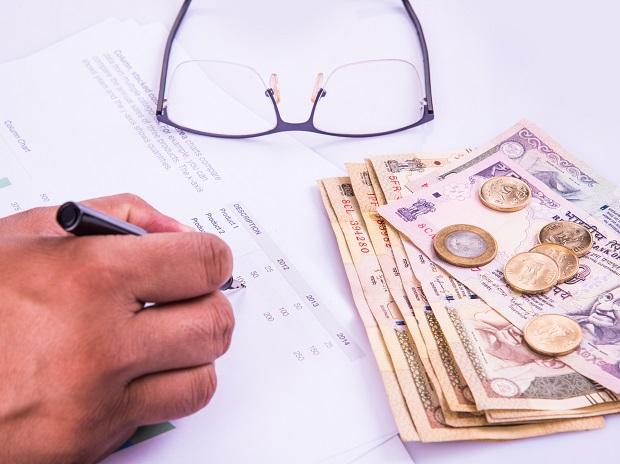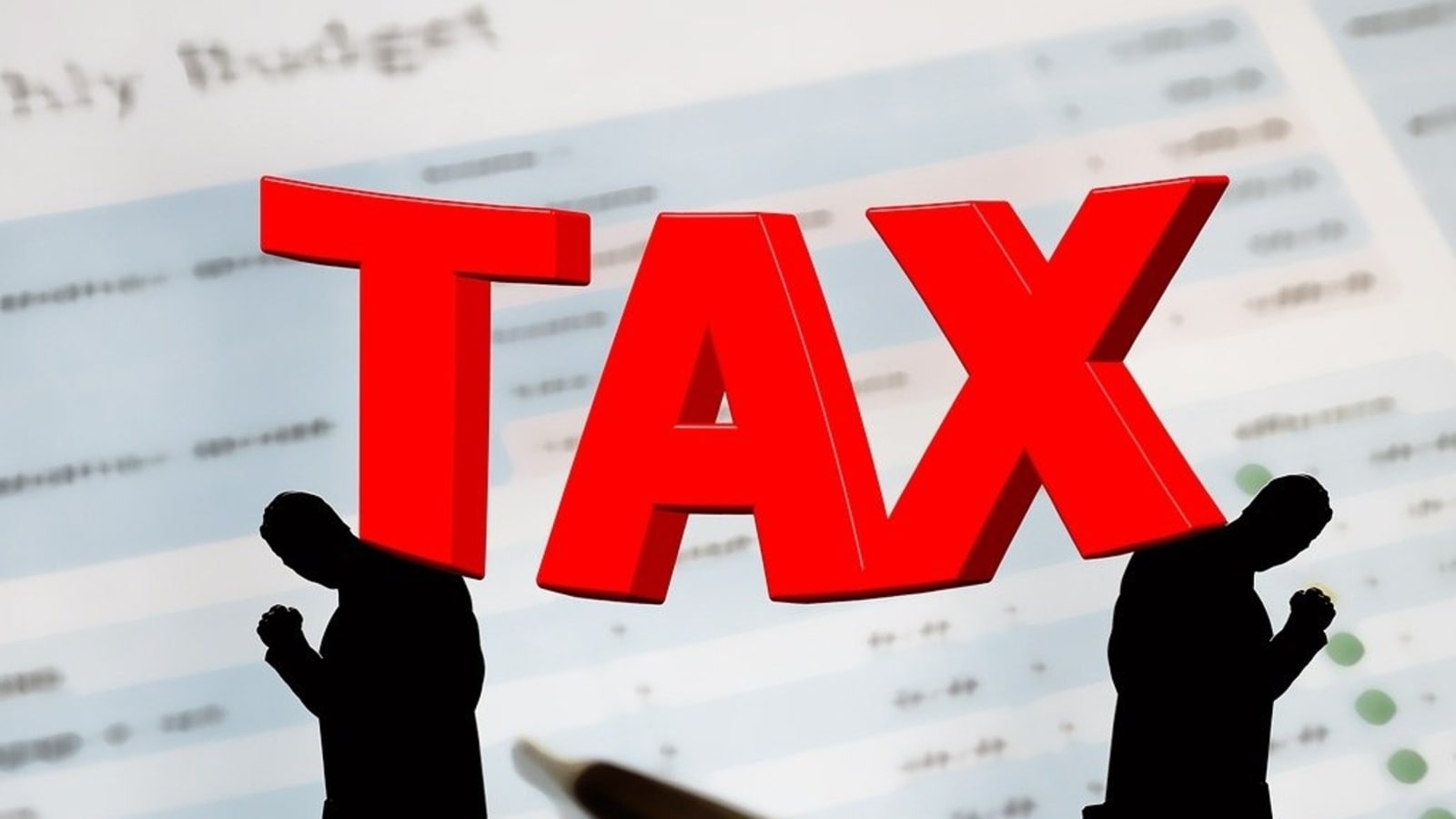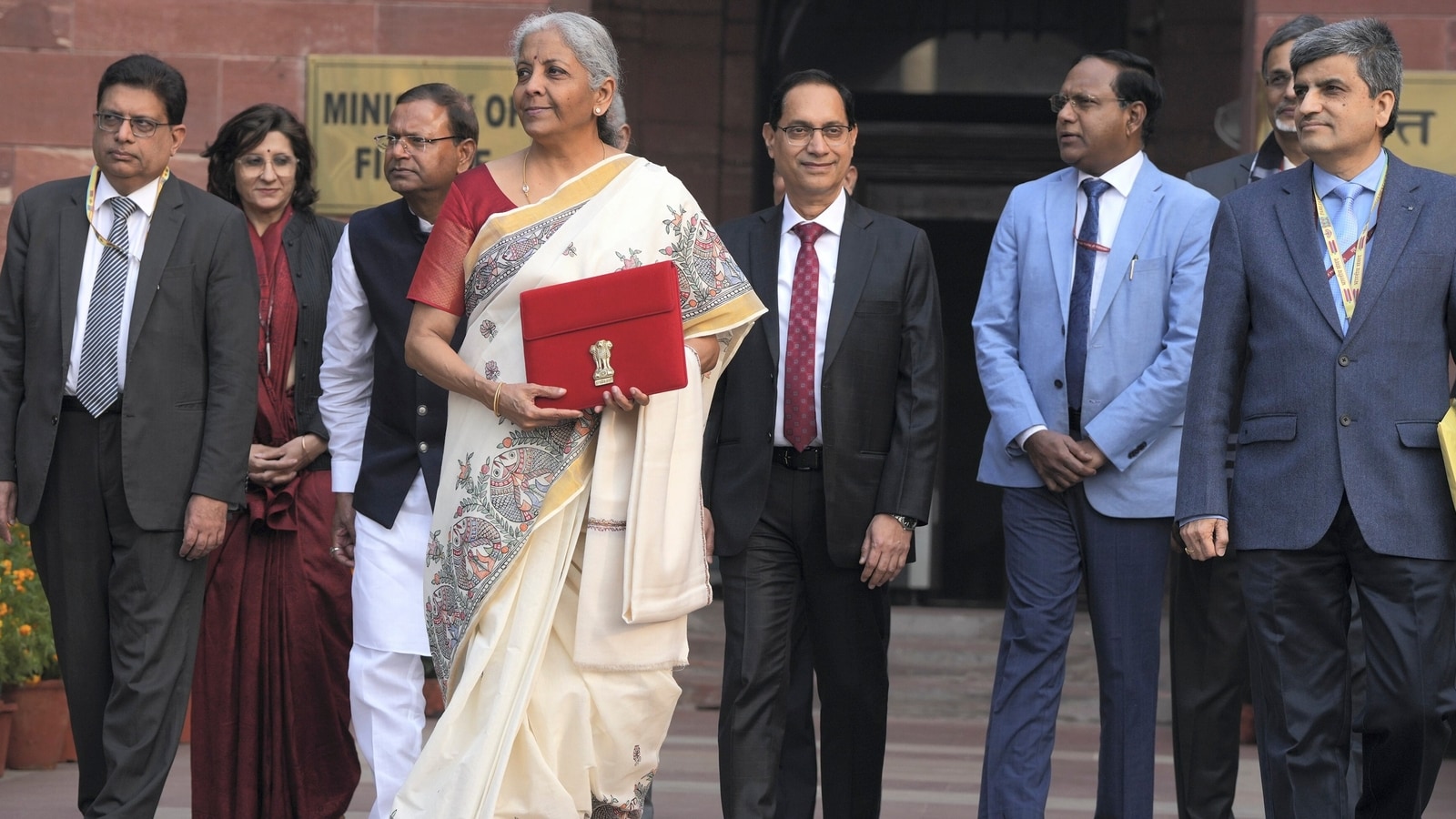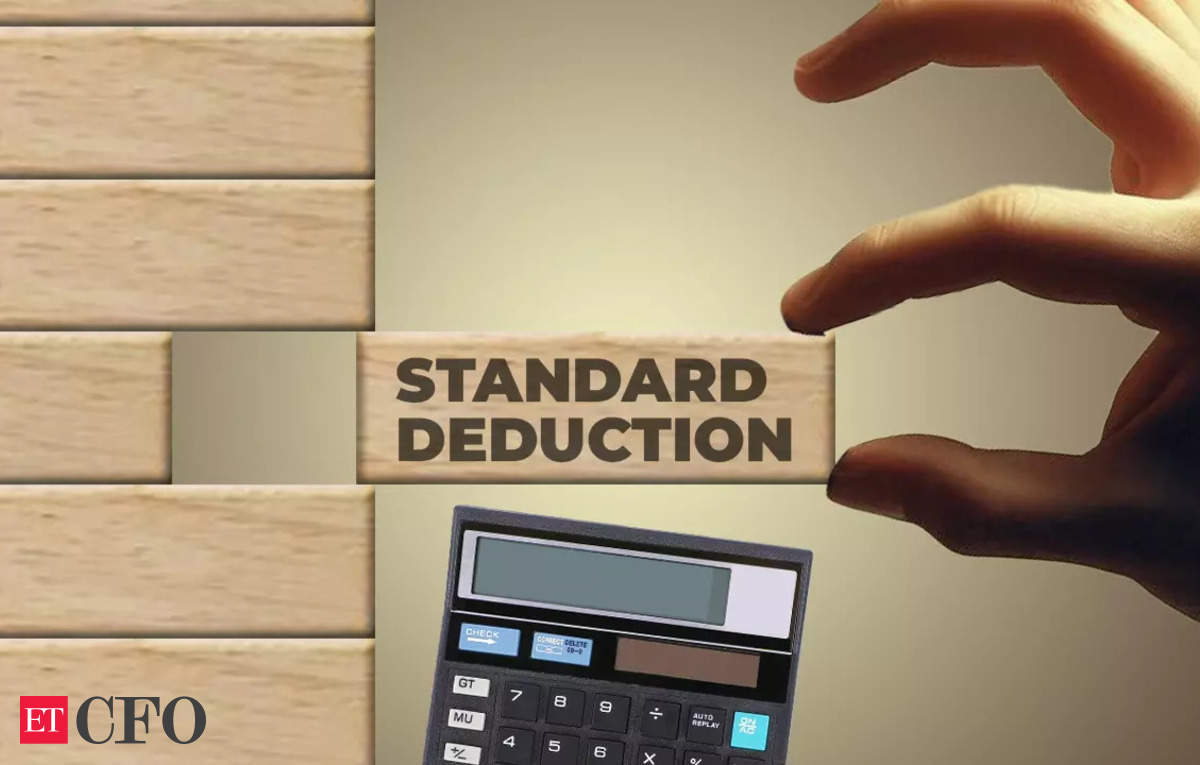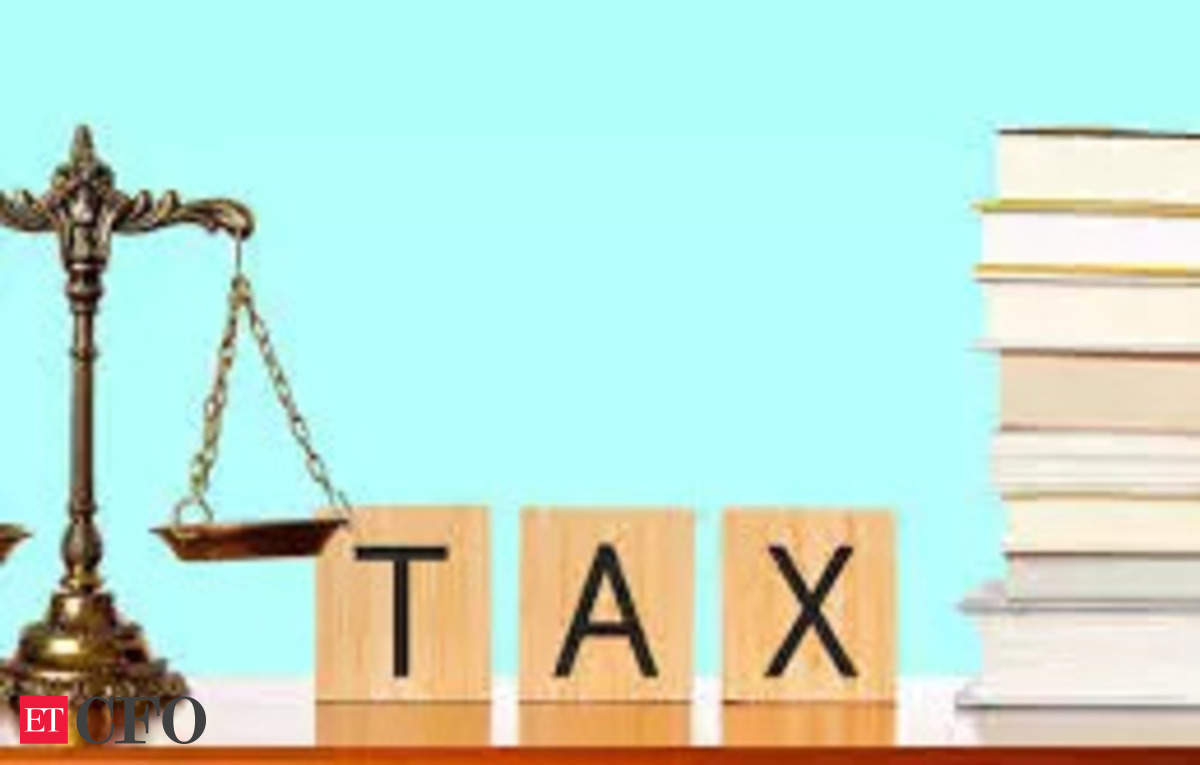This year would be the first time when investors would be filing taxes for crypto gains made in financial year 2022-23 under the new taxation regime.
In the Union Budget for the financial year 2023, the government announced gains arising out of crypto assets would be taxed at 30% irrespective of the individual’s income tax slab rate.
“This tax applies to all investors, whether private or commercial, who transfer digital assets during the year. The tax is same for a short term or a long-term gain,”
In addition, a 1% tax deducted at source (TDS) was made applicable on each transfer of such assets. However, this can be claimed back when filing the income tax return.
“Under Section 194S, a 1% Tax at Source is levied on the transfer of crypto assets if the transactions exceed ₹50,000 (or even ₹10,000 in some cases) in the same financial year, effective from July 01, 2022.The tax rate of 30% and the 1% TDS remains the same regardless of the nature of income; that is to say, whether the Income is classified as Capital gains or Business Income, the tax rate would still be 30%,”
Here’s your guide to understanding crypto taxation
The right ITR form:
To appropriately tackle the complexities surrounding crypto tax ecosystem, it is pertinent to first determine the appropriate tax return to be filed. Income from transferring cryptocurrencies and VDAs should be reported in ‘Schedule VDA’, in ITR-2 or ITR-3. ITR-1 or ITR-4 cannot be used to report the same.
ITR-2 is for individuals with capital gains from Investing in VDAs and not having any business Income. Most crypto Investors will be opting for ITR-2.
ITR-3 is for individuals with business/professional income (either from VDAs or any other business). This form will be suitable for crypto investors engaged in trading or other business-related activities.
Schedule VDA
Calculating tax liability for crypto gains
“This involves subtracting the cost of acquisition from the selling price. The resulting capital gains are then taxed at the flat rate of 30 per cent. Accurate record-keeping of transactions, including dates, values, and transaction types, is important for calculating gains or losses and determining tax liability,”
Different types of crypto transactions have specific tax implications.
1. Purchasing cryptocurrencies with Indian rupees is generally tax-free, but a 1per cent TDS deduction is applicable if done through peer-to-peer or foreign websites.
2. Selling cryptocurrencies, whether for fiat money or other cryptocurrencies, attracts a 30per cent tax rate with a 1 per cent TDS deduction.
3. Wallet transfers within your own wallets are tax-free as ownership remains unchanged.
4. Airdrops and forks are subject to a 30 per cent capital gains tax.
5. Gifts of cryptocurrencies from immediate family members or costing less than Rs 50,000 are exempt from tax, but gifts exceeding this amount are subject to income tax.
The same shall be reported as Nil since losses from transfer of VDAs cannot be set off against any income, including income from the same pair of VDAs. This means that if you sold one bitcoin at a profit and another one at a loss, you still owe 30 percent tax to the government on the profit you booked in one token.
“Investors/Holders of Crypto currency are not permitted to claim expenses related to the crypto activities, except for the acquisition cost or purchase cost. For companies dealing in Crypto currencies, MCA has made it mandatory to disclose gains and losses in virtual currencym” added Qureshi.
A hygiene check should also be carried to ensure that the TDS deducted, if any in Form 26AS is claimed while determining the final tax liability.
Maintain all records
“When filing income taxes on gains from crypto investments, it’s important to maintain accurate records of your transactions, determine the classification of your crypto assets into appropriate heads of income under the income tax regulations, and calculate and report tax impact accordingly. Most importantly, users need to stay updated on evolving tax regulations.
Practical Course at:
